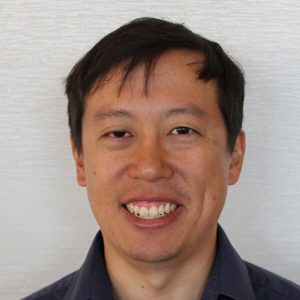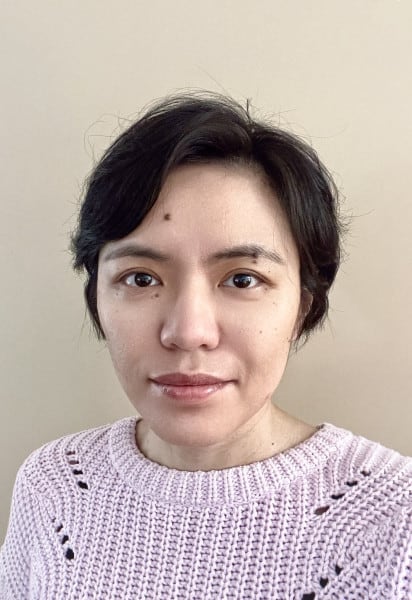PSI Personnel
External Partners
- National Radio Astronomy Observatory
Project Description
Co-I Hsieh has extensive experience in ground-based optical observing and photometry of asteroids and comets. He will be responsible for coordinating and carrying out the optical photometry portion of this research program, including working with Collaborators Moskovitz and Bannister to plan, propose for, and carry out optical observations from 1-2-meter-class telescopes at Lowell Observatory, Mt. John Observatory; analyze Lowell and Mt. John data following their acquisition; propose for, carry out, and analyze optical observations from Las Cumbres Observatory telescopes, the Southern Astrophysical Research (SOAR) telescope, and Gemini telescopes as needed; locate and analyze any applicable publicly available archival data; and perform lightcurve inversion on acquired optical photometric data for each of our ALMA targets in order to derive shape models and rotation pole orientations for use in the thermophysical modeling of corresponding ALMA data. He will also participate in the overall interpretation of results and preparation of those results for publication.
Co-I Zou will be responsible for applying the thermophysical model to irregular shape models, using a radiative transfer model to account for subsurface thermal emissions, and retrieving their best-fit thermal and dielectric parameters for all targets. She will also participate in the analysis and interpretations of the model results, and all team presentations and publications. Specifically, Zou will take the thermal model provided by Co-I Titus and use the software tools that she modified to render the temperature model to the triaxial and/or irregular shape models of our targets under the geometry of observations. Then, together with Co-I Roth, she will run her radiative transfer code to account for the subsurface thermal emission to simulate the observed image, and calculate the total modeled flux under various combinations of model parameters. For the case of spatially resolved images, she will convolve with the ALMA beam to simulate the observed image to support model fitting. She will fit the models to the observations to retrieve the best-fit parameters, and feed them to the team for analysis and interpretations.


